Wondering how much are smart homes in 2025? As smart home technology becomes mainstream, costs vary widely based on features, scale, and location, making connected living accessible across budgets.
Contents
How Much Are Smart Homes in 2025?

Determining how much are smart homes in 2025 depends on whether you’re retrofitting an existing home or buying a pre-equipped smart home. Costs range from $200 for basic setups to $10,000+ for premium systems, with whole-home installations averaging $1,000–$3,000, per industry estimates.
In the U.S., smart homes sell for $1.22 million on average, nearly double the $663,847 for non-smart homes, driven by integrated tech in cities like Los Angeles or New York. In Vietnam, retrofitting a Hanoi apartment costs $300–$2,000, reflecting affordable local options and smaller spaces.
Key factors influencing how much are smart homes include:
- Single-room setups (e.g., smart lights in a bedroom) cost $100–$500, while multi-zone systems for entire homes reach $5,000+.
- Entry-level devices like TP-Link plugs ($12) contrast with high-end Ecobee thermostats ($250).
- DIY setups save money, but professional services add $100–$1,000, per Angi.
- Urban markets like Ho Chi Minh City have competitive pricing due to demand, while rural areas may face higher import costs.
For new constructions, developers like Gopalan Enterprises in India integrate AI-powered features, adding $5,000–$20,000 to home prices, appealing to tech-savvy buyers. Understanding how much are smart homes involves assessing these variables, ensuring you align costs with your needs and location.
Detailed Cost Breakdown of Smart Home Features
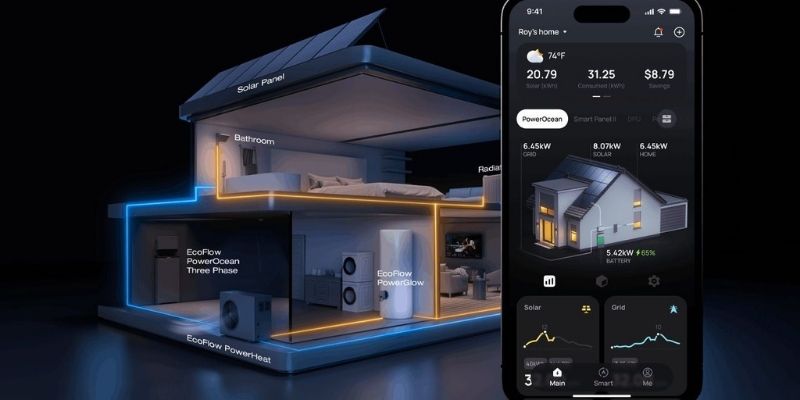
To grasp how much are smart homes, a detailed cost breakdown of key features reveals expenses across budgets in 2025. Here’s a comprehensive look at popular smart home components:
- Single bulbs (Sengled, $10) or starter kits (Philips Hue, $80) are affordable. Full-home upgrades with 20+ bulbs and dimmers cost $1,000–$3,000. Installation is typically DIY, saving labor fees.
- Meross plugs ($12) control appliances remotely. A home with 10 plugs averages $120, ideal for low-budget setups in Vietnam’s urban flats.
- Devices like Ecobee ($250) or Nest ($130) optimize heating/cooling, saving 8% on bills ($50/year). Installation may add $100.
- Wyze Cam v4 ($35) or Arlo Pro 5S ($200) offer monitoring. Comprehensive setups with doorbells, locks (Yale, $150), and alarms cost $500–$2,000, with subscriptions ($5–$20/month) for cloud storage.
- Amazon Echo Dot ($30) or Apple HomePod Mini ($99) centralize control. High-end hubs like SmartThings Station ($150) support complex automations, essential for scaling how much are smart homes.
- Refrigerators (Samsung, $1,500) or robotic vacuums (Roborock, $400) add convenience. A smart kitchen suite costs $3,000–$10,000, per Fortune Business Insights.
- Levoit Vital 200S ($200) integrates with hubs for air quality control, vital in polluted cities like Hanoi. Whole-home systems reach $1,000.
- Wi-Fi 6 routers ($80) or mesh systems ($200) ensure connectivity. Large homes may need $500+ for robust networks, critical for how much are smart homes in 2025.
Total costs for a basic setup (lights, plugs, hub) range $200–$500, medium setups (security, thermostat, purifier) $1,000–$2,500, and premium systems (appliances, multi-zone) $5,000–$10,000+. Maintenance, like filter replacements ($30/year) or batteries ($10/year), adds $50–$100 annually. This breakdown clarifies how much are smart homes by feature, aiding budget planning.
Market Trends and Growth Projections
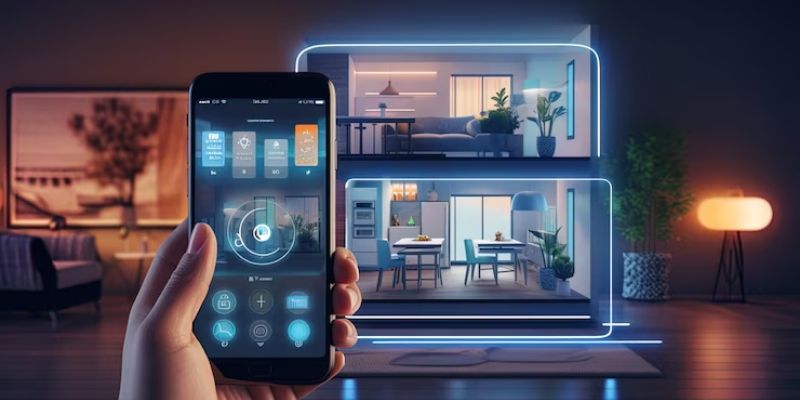
The smart home market’s trajectory in 2025 shapes how much are smart homes, driven by innovation and demand. Valued at $147.52 billion globally, the market is projected to grow to $633.20 billion by 2032, with a 23.1% CAGR, per Fortune Business Insights. Key trends and projections include:
- AI-driven devices like Samsung’s Ballie robot ($TBD, 2025 release) enhance automation, increasing costs but adding value. IoT connections will hit 25 billion, boosting device interoperability.
- Supported by Apple, Google, and Amazon, Matter ensures device compatibility, reducing setup complexity and long-term costs, impacting how much are smart homes.
- North America leads with $68.5 billion in 2024, while Asia-Pacific (33.2% share) grows fastest at 9.9% CAGR, driven by urbanization in China and Vietnam’s smart city initiatives, like Ho Chi Minh City’s 2025 plan.
- Security systems (29% market share) and energy-saving devices like smart thermostats drive adoption, with 89.5% U.S. household penetration projected by 2025.
- Entry-level devices drop to $10–$30, making how much are smart homes more accessible, though premium features keep high-end costs elevated.
These trends suggest rising adoption will stabilize costs for basic systems while premium innovations raise ceilings, shaping how much are smart homes through 2032.
Consumer Perspectives on Smart Home Costs
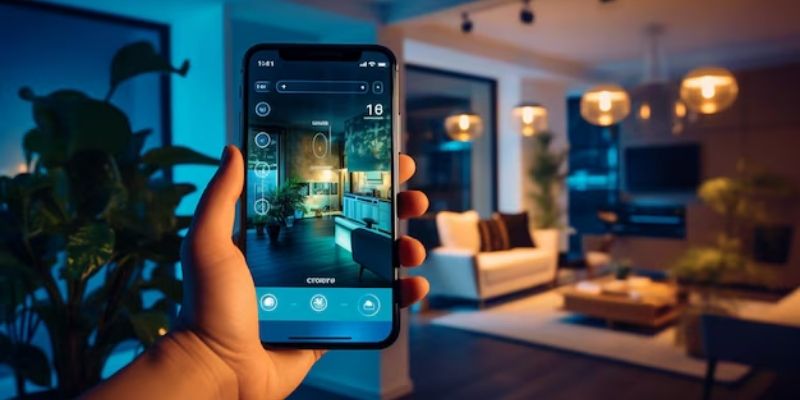
Consumer views on how much are smart homes reveal enthusiasm tempered by concerns, influencing adoption in 2025. A Vivint survey of 1,000 Americans shows 25% are willing to pay $18,056 extra for smart homes, and 62% believe smart features boost resale value by 5%.
- Convenience (75%), usefulness (62%), and time savings (49%) are top benefits, per Exploding Topics, justifying costs for many. Energy savings (8% on HVAC bills) appeal in Vietnam’s high-cost markets.
- 33% find devices overpriced, and high-income consumers cite cost as the top adoption hurdle, per NielsenIQ. Basic setups ($175–$1,424 average) are seen as affordable, but whole-home systems deter budget-conscious buyers.
- 60% worry about data leaks, and 56% fear cybersecurity threats, per Vivint, increasing reluctance to invest in costly systems.
- U.S. and European consumers are less enthusiastic than Asia-Pacific’s younger, tech-embracing populations, impacting how much are smart homes willingness-to-pay.
- In Vietnam, demand for air purifiers and security cameras reflects urban pollution and safety concerns, with consumers favoring $100–$500 setups for immediate benefits.
These perspectives highlight that while how much are smart homes is justified for convenience and efficiency, cost and privacy concerns shape adoption, especially for premium systems.
To Home Gadget Digest, in 2025, how much are smart homes varies from $200 for basic setups to $10,000+ for premium systems, with market trends and consumer perspectives shaping costs. Whether retrofitting a Hanoi flat or buying a smart-equipped property, mastering how much are smart homes empowers you to invest wisely in a smarter, sustainable future.
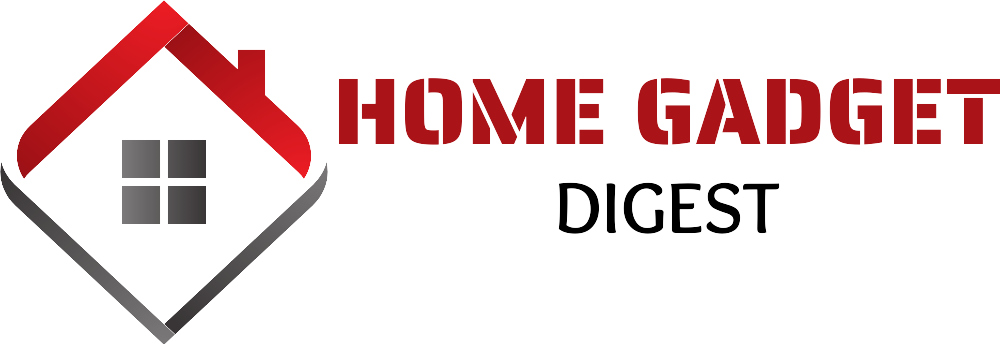



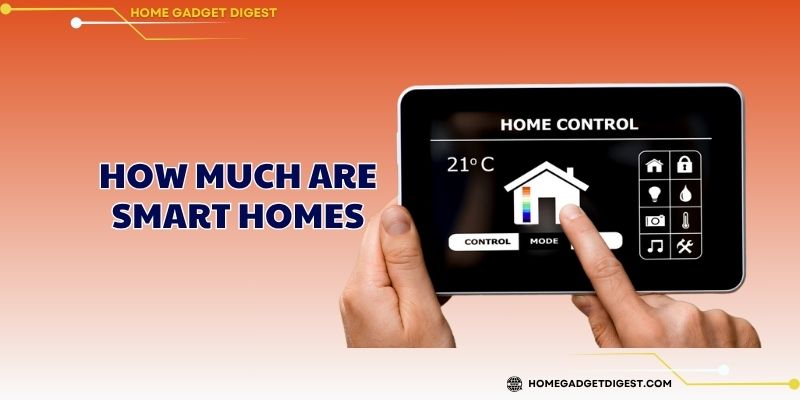
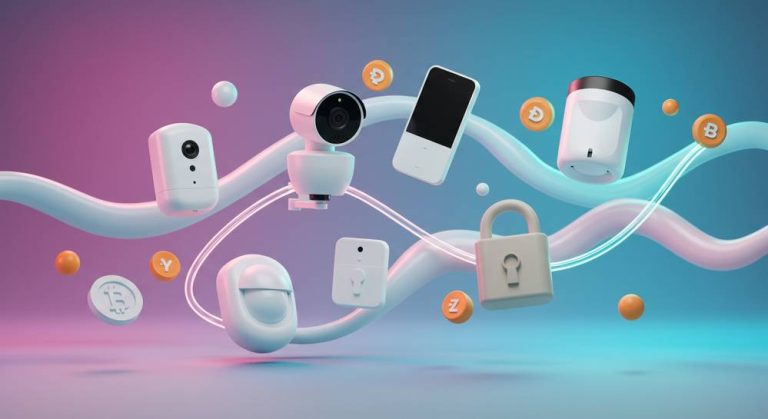
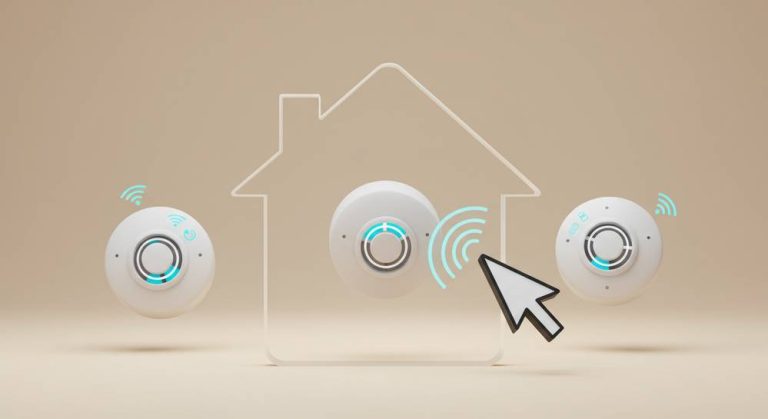
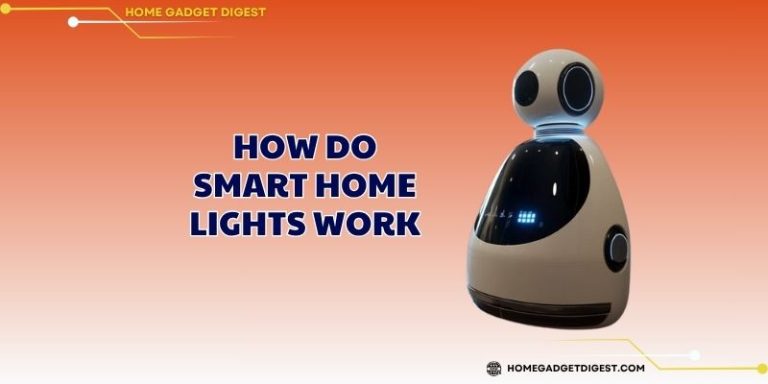



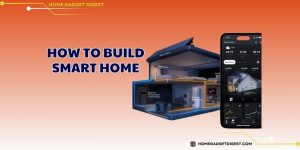

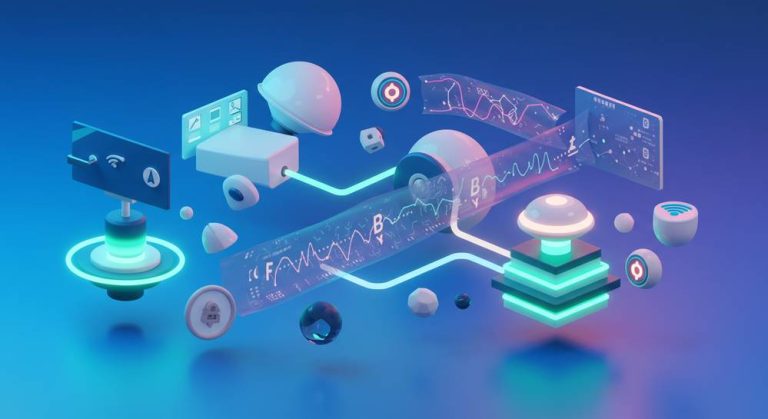
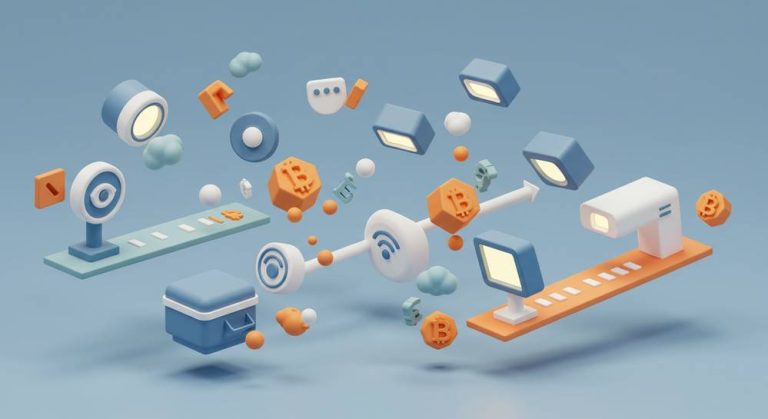

+ There are no comments
Add yours